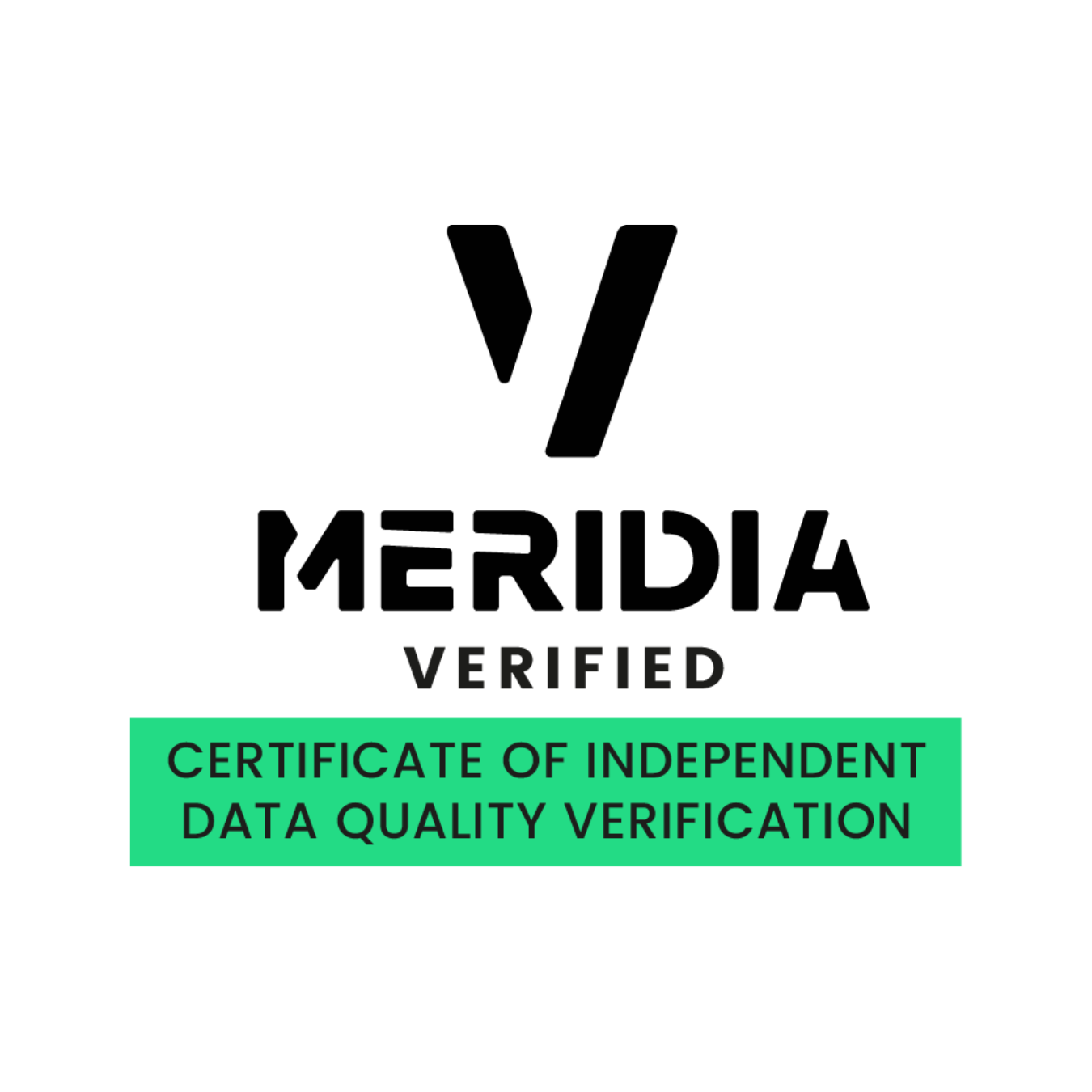Seven deforestation-monitoring tools that can support compliance with the EUDR
Written by Elisa Criscione
Following the recent approval of the European Union Deforestation-Free Products Regulation (EUDR) by the European Council on May 19th, the coffee industry is now faced with the imperative of adopting digital tools to ensure compliance with this new regulatory framework. Although, according to the World Economic Forum, there remains some skepticism on the practical implementation of EUDR and its ability to consistently discern deforestation risks across various geographic regions, mandatory geographic information system (GIS) information in the form of GPS points or polygons, together with product traceability, is now required. This urgency has prompted companies to seek a clear understanding of how to approach digitalization and identify suitable tech providers or service solutions that align with their specific requirements.
In our previous article titled "Digitalization for compliance with the new EU regulation on deforestation-free products," we anticipated the general requirements for coffee companies to integrate digitalization and highlighted the complexities involved in collecting geolocation and traceability data. In this article, we present a small selection of examples among the wide range of tools catering to diverse user needs and operating contexts to demonstrate the possibilities in this context.
Finca Puerto Venus, Santa Bárbara Antioquia, picture by Marta Salazar
Koltiva is an Indonesia-based agritech company that integrates technology solutions with boots-on-the-ground professional service to make global supply chains traceable, inclusive, and climate-smart. One of their offerings is the KoltiTrace MIS (Management Information System), which serves as a comprehensive platform combining bottom-up and top-down datasets, providing important information about various agricultural operations.
Field supply chain actors, such as farmers, input providers, traders, and extension officers collect data directly on the ground using mobile devices, including geolocation of farms, farmer contact information and consent, and other relevant details. On top of that, Koltiva integrates top-down datasets, such as geospatial data on forest coverage, deforestation, and protected areas. The system employs AI techniques such as deep learning and machine learning to process data from satellites like Landsat-8 and Sentinel-2. The acquired satellite and third-party data undergoes spatial data processing to extract relevant information, which is then analyzed on KoltiTrace MIS dashboard.
By cross-referencing geospatial data with the dataset collected on the ground, the systems can identify the intersecting areas between forests, tree cover loss, and specific farm types, verifying commodity-specific deforestation occurrences. KoltiTrace integrates the collection and analysis of data with complex requirements, enabling efficient documentation for Due Diligence processes.
Target customers: Agri input providers, farmers, agribusinesses, traders, manufacturers, retailers, civil society organizations, and governments.
Languages available: English, Spanish, Portuguese, French, Chinese, Thai, Vietnamese, Indonesian, and can be translated on demand into any language with a standardized orthography.
Support for customers to learn how to use the platform: KoltiTrace offers manuals, videos, and direct user training via Koltiva's Customer Success Officers in various local languages and local offices are available for offering additional direct support.
Meridia Verify
Meridia, a company based in The Netherlands and established in 2015, developed Meridia Verify as a response to the challenges faced by companies in achieving high-quality farm and farmer-level data. These challenges not only increase the risk of non-compliance with regulations but also have the potential to exclude smallholder farmers from accessing markets.
Recognizing the critical importance of ensuring data quality in the field, Meridia Verify analyzes geospatial data against double-counting, erroneous land sizes and other possible inaccuracies, generating a related scoring profile. In this way, the score identifies the level of trustworthiness and potential risks, compliance and non-compliance with regulations, and the key factors contributing to these risks depending on the purpose of the data set being analyzed. The methodology allows client organizations to obtain a score for the overall weighted risk, as well as more specific indicators, such as farm location, farm size, farmer authentication, and traceability risk, among others. Finally, the report generated by Meridia Verify also shares with clients specific guidance and actionable recommendations for improvement.
By utilizing Meridia Verify, commodity traders, manufacturers, and other supply chain actors can gain visibility and assurance, enabling them to meet due diligence regulations and other requirements efficiently. In instances where data proves to be unreliable, Meridia offers follow-up services to enhance field data collection and management.
Target customer: Exporters, importers, and service providers interested in understanding farmer risk profiles, remote sensing and carbon measurement.
Language available: English
Support for customers to learn how to use the platform: Meridia offers demos for potential customers.
Rainforest Alliance’s Automated Risk Assessment
Rainforest Alliance, the international agricultural certification organization, has led its effort in digitalizing deforestation monitoring through the implementation of automated risk assessment maps. Within the certification program, the tool has been in use for nearly two years as an opportunity to enhance insight into areas that require increased attention to mitigate deforestation risks. Rainforest is now actively engaged in expanding the tool capabilities to monitor adherence to the EUDR, extending its reach beyond the existing certification program.
During the certification process, farm groups are required to submit their farms’ GPS locations through points of polygons, which are scrutinized by the organization and auditors to identify any forest conversion since 2014. To ensure accuracy in geospatial data collection, farmers are equipped with comprehensive guidance, training, and open-source tools. The collected data is then uploaded to the Rainforest Alliance Certification Platform, seamlessly connecting to the GIS Server and risk assessment API. Through this integration, risk maps and tables are generated, benefiting both cooperatives and auditors. Auditors perform cross-referencing, comparing the GPS locations with the "forest baseline" maps from 2014 and satellite-based risk maps to detect any changes.
The risk assessment process also verifies if a farm is encroaching upon a Protected Area, thanks to their collaboration with the World Dataset Protected Areas (WDPA) and additional supplementary databases provided by local governments.
Certified companies and organizations cannot use the system to directly comply with the due-diligence requirements of the EUDR, however, the system can be used as a practical support to build their assessment and reporting.
Target customer: Current Rainforest farm certificate holders and certification bodies, planning to expand the scope in the coming months.
Languages available: English, Spanish, Portuguese, French, Simplified Chinese, Japanese, Indonesian, Turkish, and Vietnamese.
Support for customers to learn how to use the platform: Direct training and guidance documentation.
Frontierra
Frontierra is an environmental geospatial consultancy – based principally in the United Kingdom, but working also from Australia and Mexico – specializing in the analysis and assessment of nature-related risks, particularly in the areas of biodiversity and deforestation. They leverage geospatial data and satellite monitoring by employing advanced techniques to evaluate and understand these critical environmental concerns.
At the core of their services, Frontierra combines a variety of tools and data sets to develop customized deforestation monitoring solutions for clients, based on particular budget needs. Mostly, they use optical and radar satellite imagery combined with land-use maps to facilitate accurate and reliable analysis. In addition, they employ automated deforestation data, verifying its integrity to ensure the absence of commission errors.
In order to maximize accuracy, Frontierra works primarily with clients who already possess plot location information of the areas they source from. Alternatively, they can work closely with field data collection specialists that can guide actors interested in collecting data and provide them with comprehensive instructions on how to do so. Furthermore, Frontierra has access to cutting-edge, high-resolution satellite imagery, which caters to clients seeking more detailed and nuanced information.
Target customer: Cooperatives or other origin aggregators, traders, roasters and financial institutions.
Languages available: English and Spanish
Support for customers to learn how to use the platform: Direct training to customers including the interpretation of the results.
Terra-i+
Terra-i+ is a satellite-based solution designed to enhance the sustainability of the agroforestry supply chain. Developed through a collaborative effort involving the International Center for Tropical Agriculture (CIAT), various coffee organizations including Ecom and Rainforest Alliance, and the project’s sponsors, Nordic Climate Facility of the Nordic Development Fund and the University of Copenhagen, this platform aims to support companies’ internal audit process, including standards required by certifications such as those set by Rainforest Alliance and requirements for the EUDR.
To be publicly released in August 2023 for Vietnam, Terra-i+ is currently in its final stages of development. Leveraging Copernicus Sentinel 1 and 2 high-resolution imagery combined with advanced Artificial Intelligence technology, the platform offers comprehensive support for coffee deforestation monitoring and assists companies in evaluating their supply chain's ability to achieve net-zero emissions. The technology has been particularly developed to allow the recognition of different types of coffee systems, including cultivation under shade-grown agroforestry.
The platform aims to assist the industry in evaluating the risk of non-compliance and offers the flexibility to perform analyses at an administrative jurisdiction level in cases where precise farm locations are unknown. The tool also allows for plot-specific analysis when accurate plot boundaries are available. Furthermore, it provides real-time deforestation alerts within or in close proximity to the farm, as well as water risk assessments. Terra-i+ expects to also offer an evaluation of climate suitability for Robusta by 2030.
By facilitating cost-effective monitoring in coffee communities and providing early alerts to guide interventions, Terra-i+ strives to contribute to sustainable practices within the agroforestry sector by offering high-resolution land cover data for free. The more supply-chain specific information related to certification and EUDR compliance have a starting price of US$ 5,000 annually. CIAT is currently seeking funding and partners to expand the work for all of LATAM, East Africa and priority regions of Indonesia.
Target customer: Traders and exporting companies.
Language available: English, more languages will be added as the platform grows.
Support for customers to learn how to use the platform: The platform has been developed to be accessible also to individuals not familiar with geospatial analysis. In addition, a dedicated team supports companies in the preparation of datasets input.
Satelligence
Founded in 2016, Satelligence is a geospatial sustainability company that offers insights to clients seeking general sustainability monitoring; compliance with deforestation-free, and scope 3 emissions reduction by combining curated, real-time data from multiple radar and satellite sources with supply chain data and commodity expertise.
The combination of various data sources, such as direct input from companies, public sources, collaborations with partner networks including NGOs, governments, and local consultants, as well as data from the supply chain commodity layer allows the company to run stringent quality checks on all data to ensure its reliability and currency.
For a comprehensive and detailed assessment, clients are encouraged to provide polygons or farm coordinates. In cases where this data is unavailable, companies can provide names of sourcing jurisdictions such as villages, districts, provinces, or states. Satelligence overlays this information with their forest baseline, commodity layers, and other contextual layers relevant to sustainability compliance, such as peatlands and protected areas. In this way, using their forest change detection system, Satelligence analyzes changes in forest cover compared to the established forest baseline.
Any change of at least 1 hectare or more is classified as forest loss. Based on this analysis, the platform generates a Verified Deforestation Free (VDF) rating as a percentage, offering clients insights into their supply chain's sustainability performance.
The company currently monitors a vast expanse of land reaching 6 billion hectares for its clients, and provides support to various stakeholders, including growers, traders, manufacturers, financial institutions, NGOs, and governments.
Target customer: Growers, traders, manufacturers and financial institutions.
Languages available: The app is in English, French, Spanish and Dutch; reports are available in English, French and Spanish.
Support for customers to learn how to use the platform: Satelligence provides technical support for accessing the platform and in case of functional challenges, such as missing alerts or data unclarities, in addition to training.
Enveritas
Enveritas, a global non-profit organization, offers a range of sustainability assessment and assurance services to coffee companies. Among these services, they have developed a deforestation detection approach that combines satellite imagery, machine learning, quality control, and on-the-ground verification. Their system utilizes multiple optical and radar sources to create a localized forest differentiator model. This model utilizes diverse imagery sources at down to 0.5m resolution, allowing for precise land use assessment and, crucially, differentiation between forested areas and other land use types.
Enveritas operates on two principles. Firstly, the use of high-resolution imagery allows detection of forest pixels rather than tree cover pixels, vastly reducing the false-positives common with less accurate models. Secondly, Enveritas has an advanced machine learning feedback loop, starting with visual interpretation techniques and quality controlled by an extensive ground-truthing process involving the collection of on-the-ground data using an in-house team of field enumerators, identifying land types, estimating tree age, measuring canopy cover, and recording images.
This approach provides a solution for coffee roasters and traders who want to accurately assess the risk of deforestation in their supply chains. It enables EU regulators to audit supply chains based on the specific requirements outlined by the EUDR. By end-2023, the system is expected to cover over 90% of global coffee production, rising to 100% by September 2024.
Target customer: Traders and roasters.
Languages available: English, but expecting to provide customer support in multiple languages based on market demand.
Support for customers to learn how to use the platform: Enveritas’ multilingual team is available to guide customers through the steps required to utilize the platform. An on-line self-serve module will be available in due course.
The need for introspection before adoption
The coffee industry is now compelled to adopt digital tools following the approval of the EUDR. A diverse range of technology-driven solutions exists, catering to different target customers, objectives, and scopes. The examples mentioned above represent just a fraction of the available options. When considering the adoption of these solutions, it is crucial for companies and stakeholders to thoroughly comprehend the offerings and determine which solutions align most effectively with their specific contexts and requirements. This initial step sets the stage for deeper digitalization within the coffee sector, paving the way for future integrations, as an important step to further analyze the needs and challenges of adopting technology on a larger scale.
Elisa Criscione
Elisa is the Founder and CEO of Digital Coffee Future. Her expertise lies on coffee digitalization and the assessment of integration of strategic digital tools for companies and organizations.










